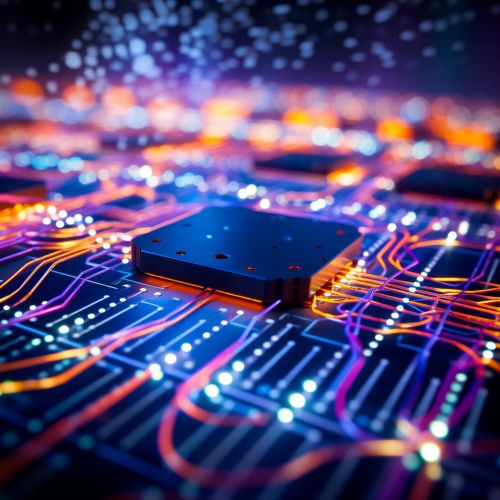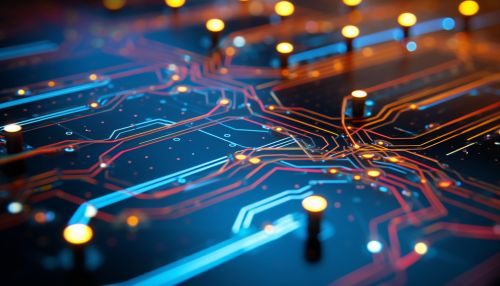The Role of Microfluidics in Biomedical Devices
Introduction
Microfluidics, the science of manipulating and controlling fluids, usually in the range of microliters to picoliters, within networks of channels with dimensions from tens to hundreds of micrometers, has emerged as a powerful tool in the field of biomedical engineering. It has found significant applications in the development of biomedical devices, where it has revolutionized the way biological and chemical analyses are performed. This article explores the role of microfluidics in biomedical devices, delving into the principles, applications, and future prospects of this fascinating field.


Principles of Microfluidics
Microfluidics operates on the principles of fluid dynamics at the microscale, where the behavior of fluids can be significantly different from their macroscale counterparts. The principles of microfluidics are rooted in the laws of fluid dynamics, chemistry, and physics, and are governed by parameters such as Reynolds number, Péclet number, and capillary number.
Applications of Microfluidics in Biomedical Devices
Microfluidics has found wide-ranging applications in biomedical devices, from diagnostics and drug delivery to tissue engineering and personalized medicine.
Diagnostics
Microfluidic devices have revolutionized the field of diagnostics, leading to the development of point-of-care testing (POCT) devices. These devices, such as lab-on-a-chip systems, allow for rapid, on-site diagnosis of diseases, reducing the need for large, expensive laboratory equipment.
Drug Delivery
Microfluidic systems have also been employed in the development of drug delivery devices. These devices can precisely control the delivery of drugs, allowing for targeted therapy and reducing side effects.
Tissue Engineering
In the field of tissue engineering, microfluidic devices have been used to create microenvironments for the growth and differentiation of cells. This has led to the development of organ-on-a-chip systems, which can mimic the physiological conditions of human organs.
Personalized Medicine
Microfluidic devices have the potential to revolutionize personalized medicine. They can be used to analyze individual patient samples, enabling the development of personalized treatment plans.
Future Prospects
The future of microfluidics in biomedical devices looks promising. With advancements in technology and a deeper understanding of biological systems, the applications of microfluidics are expected to expand further. Potential areas of growth include the development of more sophisticated point-of-care devices, the integration of microfluidics with nanotechnology, and the use of microfluidics in the development of artificial organs.
